Commercial kitchens mainly refer to types of kitchens such as hospital canteens, school canteens, hotel kitchens, and catering kitchens. Commercial kitchens are large in scale and have clear division of functional areas. Understanding the operating characteristics of the kitchen is conducive to kitchen planning. Construction, the characteristics of commercial kitchens can be summarized as follows:
● Efficient adaptability
Commercial kitchens need to be able to adapt quickly. Customers place orders at will and must provide service within a short period of time. This requires a quick and tacit understanding of a variety of jobs in order to work with commercial equipment.
● Technology and material reserves to meet business needs
A general commercial kitchen has the ability to make various dishes, rice noodles, snacks and other staple foods and non-staple foods, as well as various processing kitchen equipment such as frying. According to business needs, we should have certain material reserves and technical reserves to meet customer needs and maintain market competitiveness.
● Unique technical and equipment requirements
Different commercial kitchens have unique business positioning and service items, and have their own unique processing techniques, procedures, fire protection, kitchen equipment needs and unique intentions, such as hot pot restaurants, barbecue restaurants, kitchen cooking equipment, and dining tables. Requires less equipment. Meals such as entrees, specials, single plates, etc. require special kitchen equipment.
● Keep up with market needs
From procurement to final meal delivery, all commercial kitchen work links must operate according to the needs of the market. From the first customer entering the door to the last customer leaving, the commercial kitchen should be ready to respond at any time and have the characteristics of fully operating according to customer needs.
● Places with intensive labor
A commercial kitchen is a labor-intensive place. Although many advanced technologies and equipment have entered the kitchen, the production of a large number of staple foods and non-staple foods can only be carried out by chefs according to the random needs, varieties and tastes of customers.
● Extremely busy during peak dining hours
Commercial kitchens are workplaces where people, materials, and information flow rapidly. During the peak meal period, a plate of food has to go through multiple processes, processed and delivered by multiple employees, and delivered to the customer's table in a short period of time. The work is very stressful and busy.
● Heavily polluted workplaces
Commercial kitchens are workplaces with serious environmental pollution. While cooking delicious food, a large amount of oil smoke, exhaust gas, noise, waste heat, sewage and garbage are generated in a limited work space. Commercial kitchens are places where food is produced and have high requirements for cleanliness. However, commercial kitchens produce a large amount of garbage and sewage, which have become a chasing place for mosquitoes, flies, cockroaches, and mice.
● Commercial kitchens are crowded and cramped
The kitchen and restaurant areas of most hotels are disproportionate, and the kitchen is poorly located, crowded and narrow. From the above analysis of the working characteristics of kitchens, we can see that commercial kitchens are a very special system engineering with many professional categories. Different kitchens have different outstanding features, and the focus of planning and design is also different, with few similarities.
From the above analysis of the working characteristics of commercial kitchens, commercial kitchens are a very special system engineering space with many professional categories. Different kitchens have different characteristics, and planning and design have different focuses, different kitchen structures, types and grades. , special cuisines, work experience, and different managers have different requirements for kitchen design. Kitchen design must comprehensively consider multiple factors and conditions. Whether it is a large hotel or a small restaurant, raw materials are processed into cooked food in the kitchen, so the work processes and management principles of commercial kitchens can be used for reference.

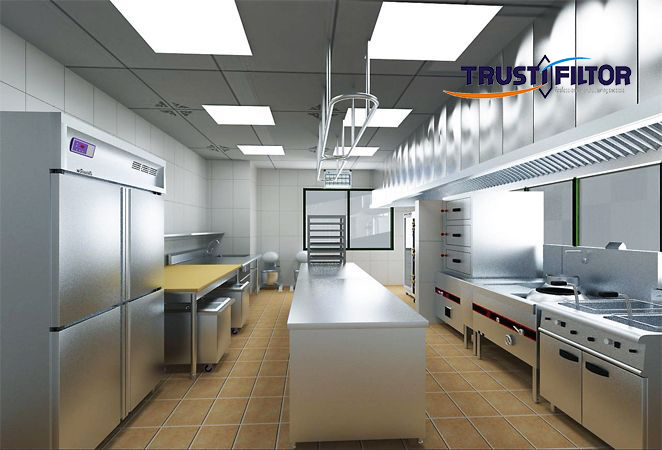
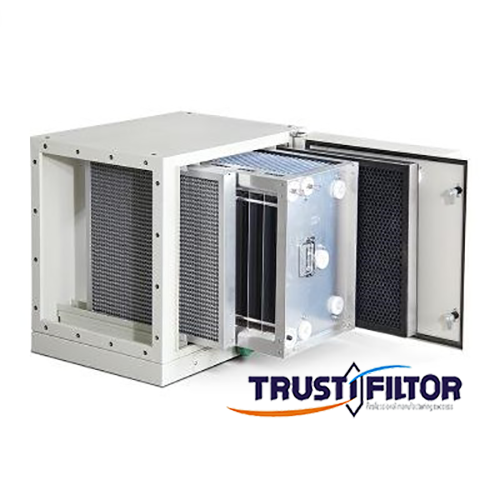 How to set the filter of oil fume purifier
How to set the filter of oil fume purifier
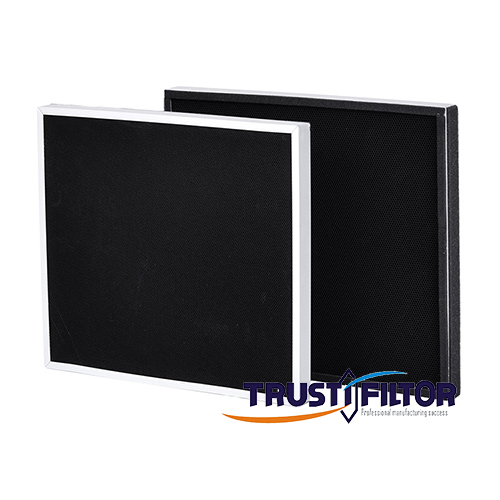 The role of ozone removal filter in air purifier
The role of ozone removal filter in air purifier
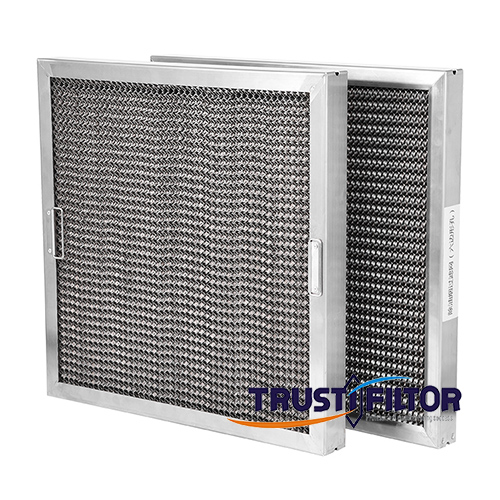 What are the industrial applications of oil fume removal filters
What are the industrial applications of oil fume removal filters
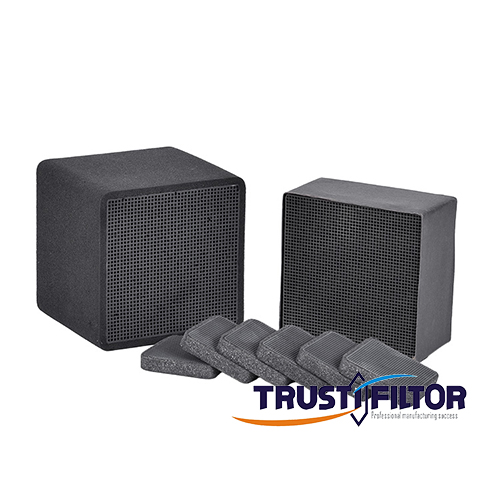 Industrial applications of ozone removal filters
Industrial applications of ozone removal filters